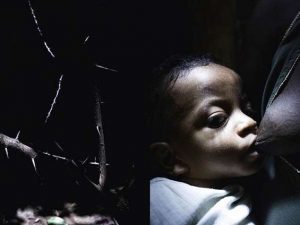Website: http://www.dalpine.com/en/book/ama-lur
In 2001, He received a B.A. in Economic Sciences from the University of Deusto. In 2006, after working for 5 years in the finance world, he decided to move to Barcelona to study photography.
He began working in documentary photography so that he could capture and depict the contemporary world and completed his studies with Pep Bonet, Christopher Anderson and Paolo Pellegrin, after having been selected to participate in the first Magnum Workshop taking place in Oslo.
Since then, he has been working on a long-term research project called GALERNA. This work focuses on the idiosyncrasy and aesthetics of the Basque Country with an anthropological perspective.
This book is the closing chapter of an 8 year project by Jon Cazenave, he has compiled a book of the Basque people’s idiosyncrasy and their aesthetics, to unravel his home’s political intricacy from an anthropological perspective.
I have chosen this book as part of my inspiration for my book because i like the very dark black and whites in the book which i partially want to recreate in my book as all my images have a standard black and white filter as i think it is very dramatic and my project is very important and dramatic.
His work is very unusual and i would consider it abstract photography but his work is very ambiguous if you have not read the description of the book which is similar to mine as my project could be mistaken for a project on war. His book is in a portrait orientation which is completely covered with images/black paper. The edges of the book are a grey colour and the seem of the book appears to be covered with glue. It is a soft cover book as the cover is an image. Every single image is a double page spread.
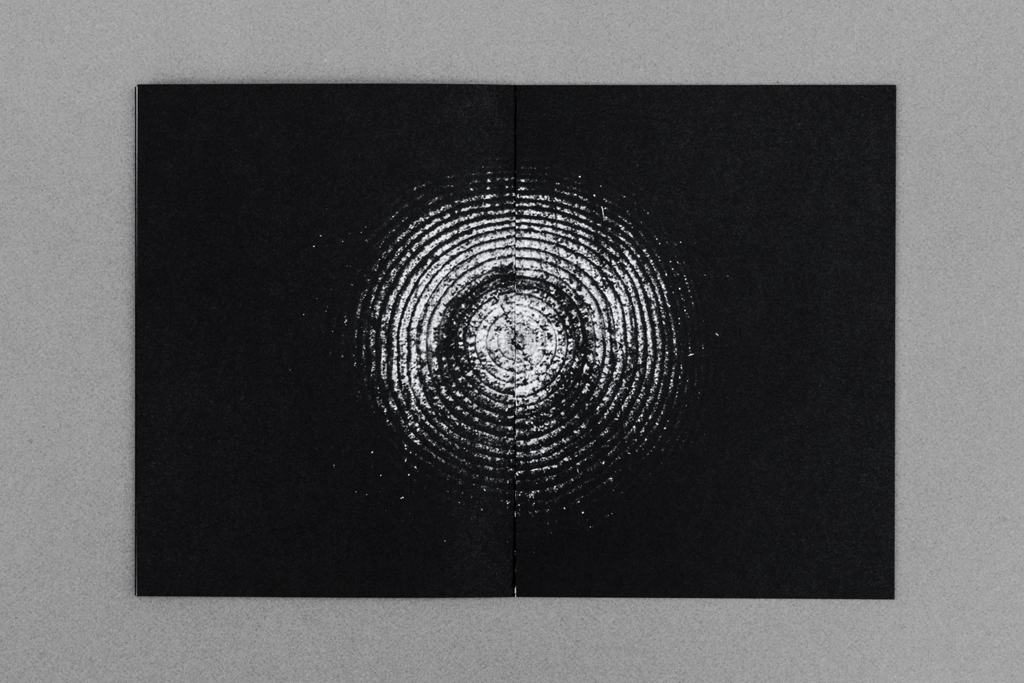
The whole book is on black paper with the images on top, all the images are double spread and go from edge to edge. In my book i will have double page spreads splitting up the portrait orientated images as otherwise it will look too clustered. The double page spread will be black and white and many will have high contrast and dark shadows to make the images look much darker to show how worrying and dramatic my project is.
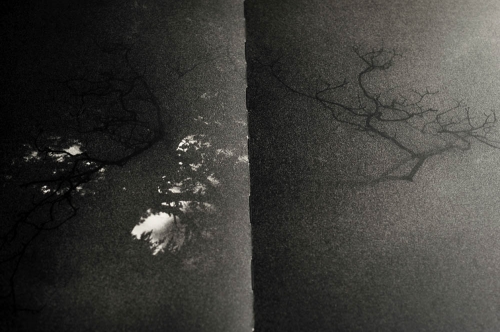
His work only shows parts of an image which leaves it up to the mind of the viewer to make up the rest or what could the image be apart of. Some of his work is much clearer than this one which is very ambiguous.
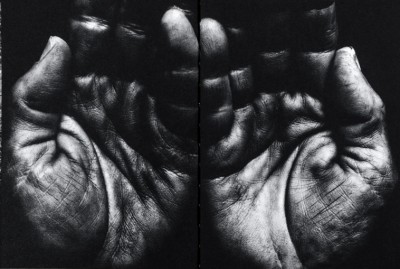
This image which is back of his book is much less ambiguous than just simply the patterns which are on some of the pages. However each image has a symbolic meaning to him personally as his work is exploring his homeland which is why all the images are symbolizing his home land. The hands could represent those of his family members or just people from the community. His work is very intimate and he has some up close images of body parts which can be ambiguous as the viewer does not always know what they are of.

I think this image is of an arm but i am not quite sure, i do not like images which i cannot clearly make out what they are. For many photographers it will add tension into their work but i do not like this as i do not like the uncertainty.
Personally i find this book not very good because you do not understand what it is about without reading the description. There is no explanation about why the book was made or what it is about within the book. Also there is no name or date on it and the cover does not give any clue to what the book might be about. I like books which have a title which gives you a clue of what it may be about or if not the images will tell the viewer what it is about.
For my book, i will make sure that the meaning and concept behind it is clear through the use of quotes from external sources, i will make sure my book has my name and title very clearly written on it.

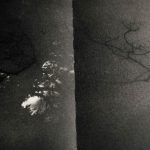
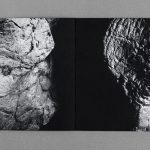
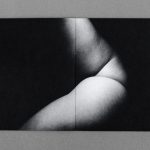
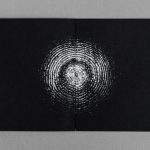


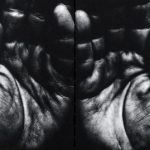
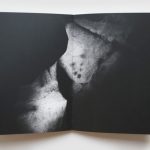






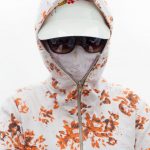

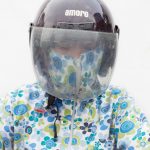
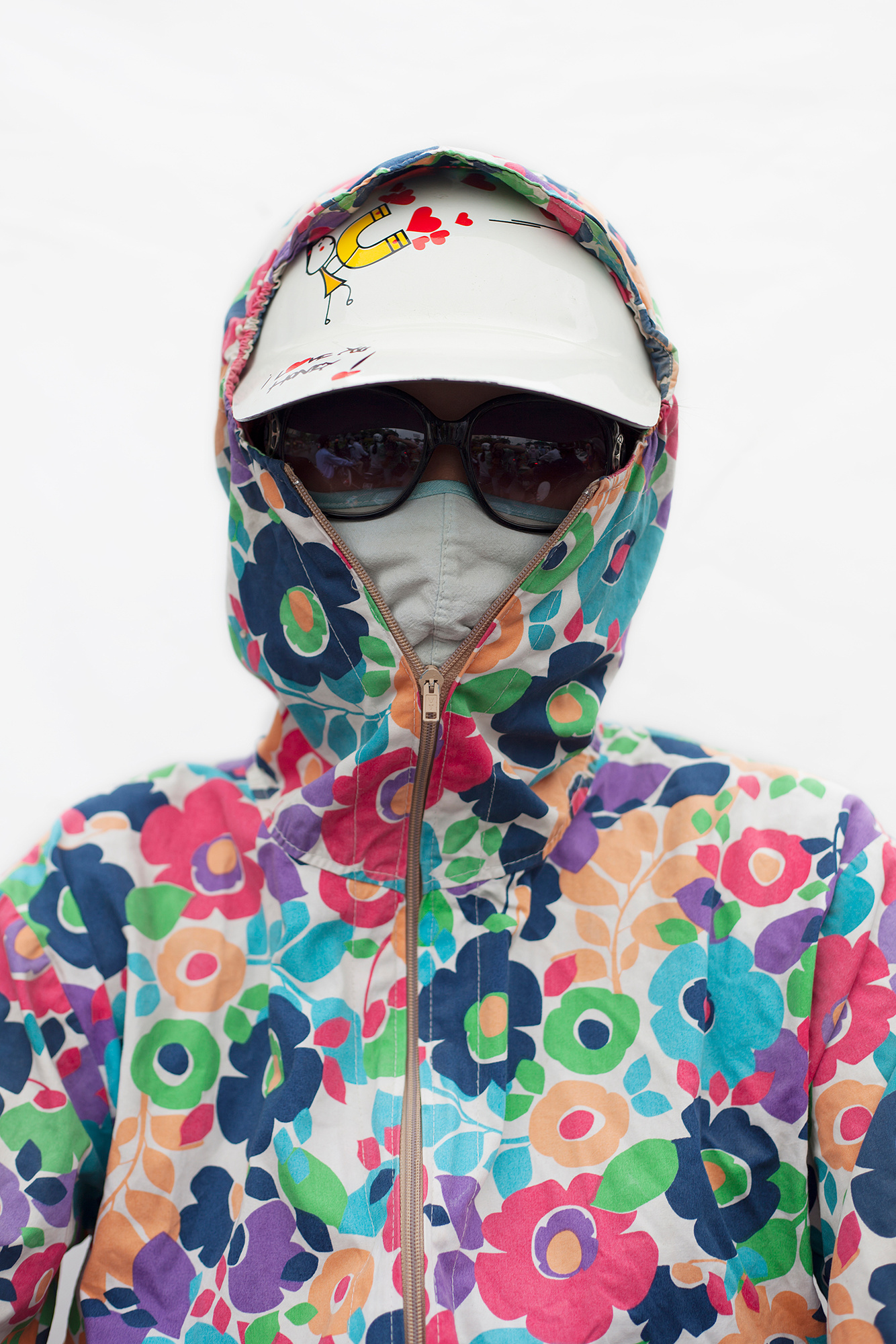









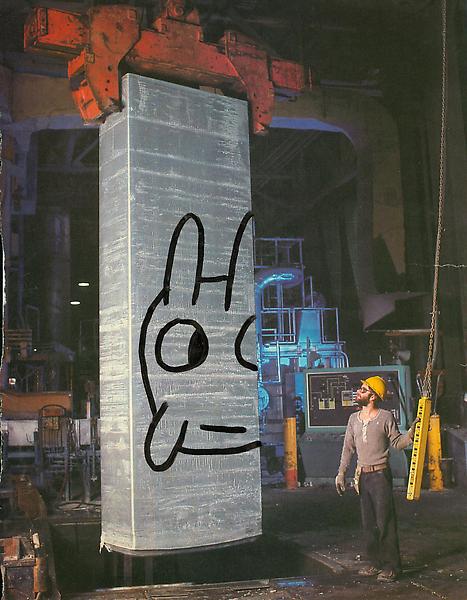


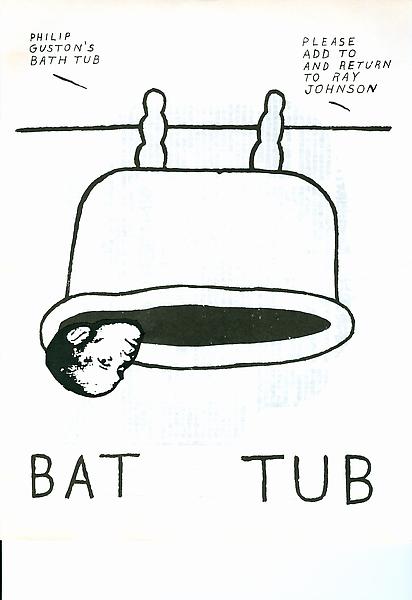

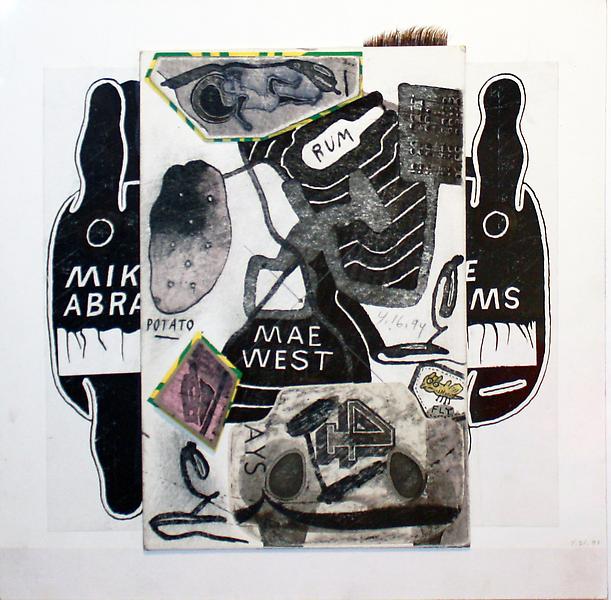


 Below are a series of small tests on my own images. They were printed out on a normal copy printer so are not a high quality and were manually deformed with pens and ink markers.
Below are a series of small tests on my own images. They were printed out on a normal copy printer so are not a high quality and were manually deformed with pens and ink markers. 



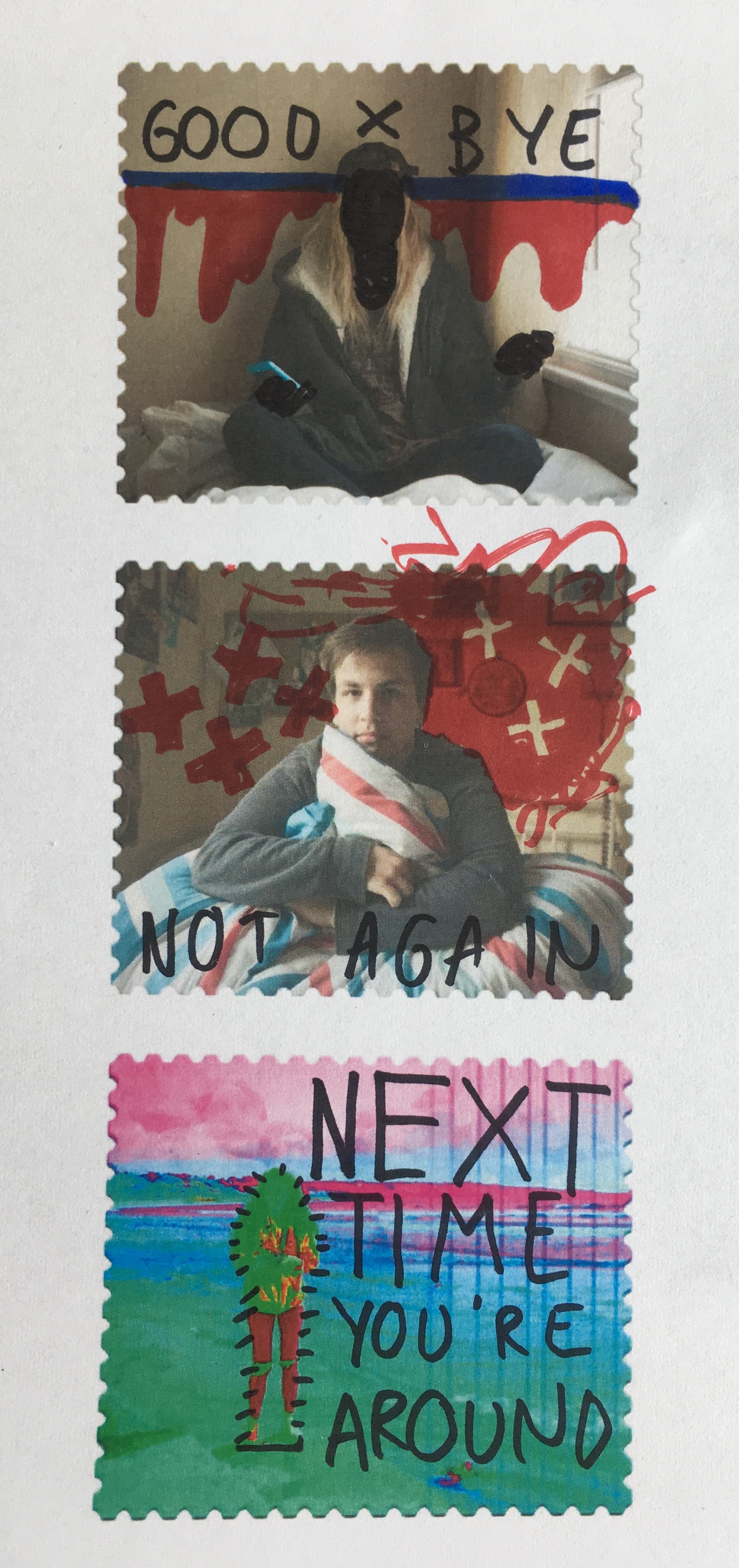


 Apart from window mounting I will also be potentially creating a Picture Storyboard to present some of my larger collections such as my shoot from the La Collette ‘Energy from Waste’ facility. The definition of a picture story put simply is a visual representation of something produced on one surface in a creative medium. What I like most about this method is no picture story can ever be the same, even if the subject and photographs are identical. The way you deign your story and lay it out can give the overall outcome a very different look, showing individual styles in each version. On the bottom row of the contact sheet above I have added some examples of varied picture story layouts including one I made in Photoshop.
Apart from window mounting I will also be potentially creating a Picture Storyboard to present some of my larger collections such as my shoot from the La Collette ‘Energy from Waste’ facility. The definition of a picture story put simply is a visual representation of something produced on one surface in a creative medium. What I like most about this method is no picture story can ever be the same, even if the subject and photographs are identical. The way you deign your story and lay it out can give the overall outcome a very different look, showing individual styles in each version. On the bottom row of the contact sheet above I have added some examples of varied picture story layouts including one I made in Photoshop.












